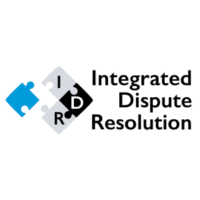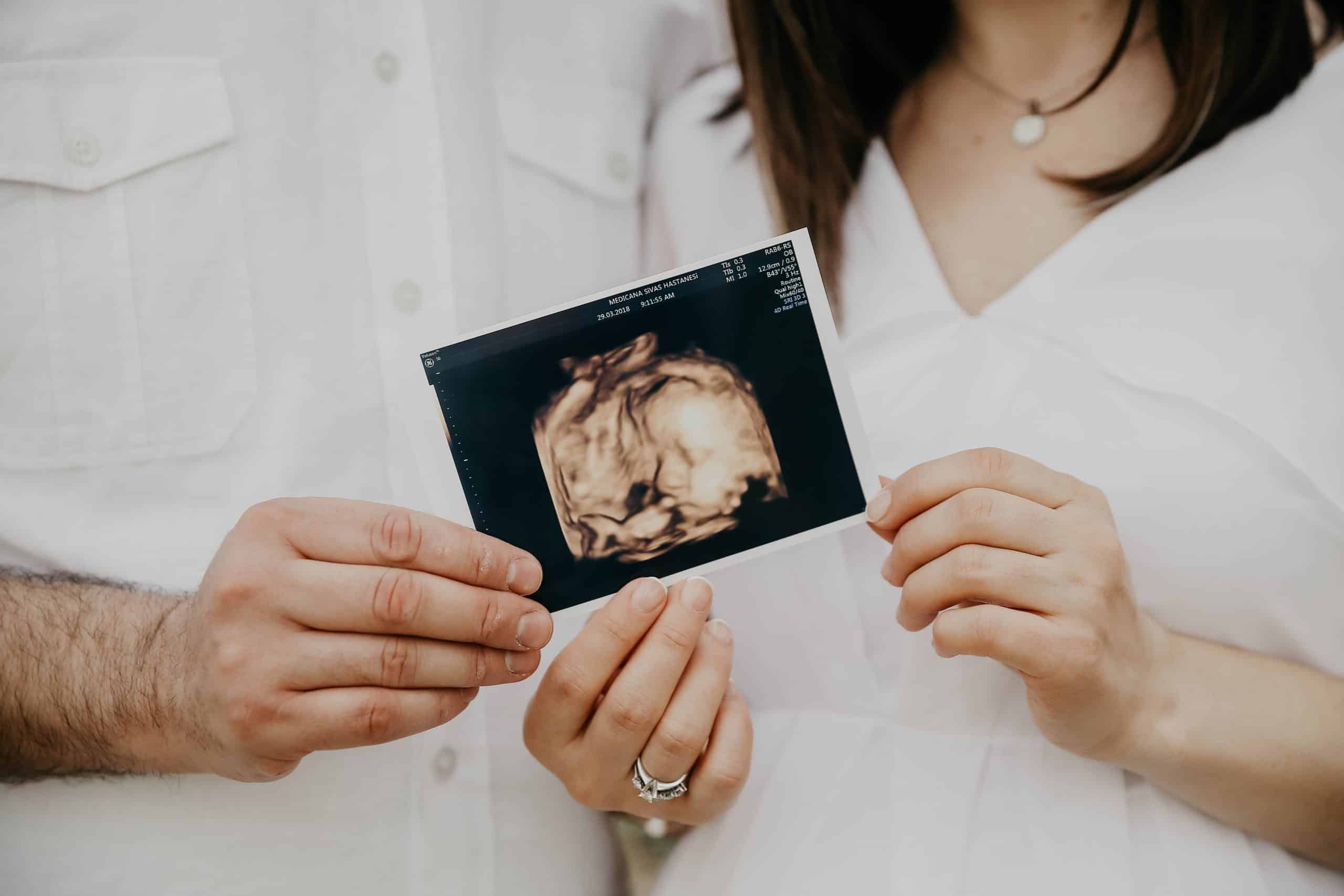 By Legal Futures Associate Integrated Dispute Resolution
By Legal Futures Associate Integrated Dispute Resolution
With surrogacy statistics now showing that Parental Orders have increased four-fold in the last ten years in England and Wales, it is an encouraging sign that England and Wales are beginning to identify itself as a preferred choice of venue for surrogacy on an altruistic basis. In addition to that with the expected changes in 2022 it does leave most professionals and academics in this field feeling positive about the future ahead in the field of surrogacy and fertility law. The Law Commission is currently undertaking an independent review of surrogacy in England and Wales, and this is expected to conclude in 2022.
Parental Orders, which transfer legal parentage from the surrogate in England and Wales rose from 117 in 2011 to 413 in 2020, as identified by a report from Kent University. Statistics suggest that at least two-third of applicants are now mixed-sex couples. In 2020 it was recorded that 413 parental orders were issued to Intended Parents. With the increase in Parental Orders and that including same-sex couples it can be said that ‘there is a need for a uniformed structure’ to asset all Intended Parents.
It is well accepted by professionals in this field of law that around the globe surrogacy laws can change quickly and, in the past, have been known to change very quickly in reaction to a difficult/controversial situation. It does therefore indicate that an unformed and collective approach to surrogacy is called for, with the aim of ensuring that all those engaged in the process are protected and understand the benefits.
Very recently I had the delight of speaking with Sarah Jefford, an experienced Surrogacy Lawyer in Australia. Sarah ‘was an IVF mum and later became an egg donor and a surrogate. Sarah is also the author of “More than Just a Baby: A Guide to Surrogacy for Intended Parents and Surrogates”.
It was great to discuss current experiences with Sarah and what we both as academics could see within the realms of surrogacy arrangements taking place for the future across the globe. Our conversation was also a sharp reminder of how our practices can differ across the world. In this area of law there is the aim of achieving a family for newly intended parent(s), one of the most rewarding gifts as lawyers we can assist with. It allows for us academics to become creative and think of solutions for clients.
Having spoken with Sarah, we were both optimistic as to the future changes in this area of law, to help everyone across the globe. I have considered the Australian system, and what it currently offers, and I touch upon it below.
At present commercial surrogacy is illegal in all states in Australia, so therefore if you wish to engage in any form of surrogacy arrangement in Australia, it must be on an altruistic basis, but it can differ from each inter-state, so please do your research on each inter-state. Surrogacy arrangements in Australia are regulated by each state, which means there is no uniform laws that cover surrogacy across the country, which is different to England and Wales, as the current laws in the England and Wales, cover all aspects of surrogacy and fertility law within the boundaries of England and Wales.
As it currently stands there are no surrogacy laws in the Northern Territory of Australia. Victoria and South Australia have recently seen reforms to this area of law and ‘Sarah has indicated that they expect changes to Western Australia’.

There are some basic principles of surrogacy in Australia: –
- The Intended Parents must not be able to either conceive or carry a baby themselves and therefore qualify for surrogacy. If you are experiencing infertility this is not an automatic qualifier for surrogacy. In Australia your fertility specialist must recommend surrogacy as an option to you before you embark on this path. At present Western Australia does not allow gay couples to access surrogacy treatments, but Sarah has indicated that this is likely to change in the next few years.
- The Surrogacy Arrangement is not enforceable, which means that if the surrogate changes her mind pre and post birth, whilst carrying the baby, neither parent can enforce the surrogacy agreement. It is understood that the surrogate can enforce the agreement to recover prescribed costs. However, Sarah has indicated that the ‘chances of the surrogate keeping the baby or the Intended Parents refusing to take the baby in Australia are extremely rare’.
- Akin to the principle in England and Wales, Surrogacy must be altruistic in Australia and commercial surrogacy is illegal. To clarify this means that the surrogate and her partner, if she has one cannot be paid a few for assisting with the surrogacy or receive any form of award. The arrangement must have purely taken place on an altruistic basis. The Intended Parents must cover the surrogate’s reasonable expenses in relation to the surrogacy, pregnancy and birth. It is advised that you check the rules on a state-by-state basis, as such expenses can vary.
- In Australia each surrogacy arrangement must also follow the process, to ensure that they can obtain a Parentage Order after the birth. This involves the surrogate attending a medical assessment; all parties having counselling about the s The surrogacy arrangement. The Intended Parents and the surrogate and her partner must obtain their own independent legal advice. Some states in Australia also require the parties to be psychologically assessed. The approval of the surrogacy arrangement lies with the Clinic, or an external committee before any embryo transfer takes place. It is therefore vital that you research the laws in the state where you intend to engage in the surrogacy process.
- When the baby is born in Australia, the birth is registered in the state where the baby is born, with the surrogate and her partner listed as the baby’s parents on the Birth Certificate. After the birth the Intended Parents can apply to the court for a Parentage Order (in England and Wales it is regarded as a Parental Order) in the state where they live in. The Order will transfer parentage from the birth parents (the surrogate, or her partner) to the Intended Parents. Once this has been Ordered, the Intended Parents will be able to have a reissued Birth Certificate, with the Intended Parents listed, instead of the Surrogate (and her partner).
The costs attributed to a surrogacy arrangement in Australia are like that we see in the U.K, where Intended Parents should expect to cover the reasonable expenses incurred by the surrogate and her partner in relation to the surrogacy arrangement, pregnancy, and birth. Sarah has herself confirmed that ‘surrogacy costs in Australia will cost anywhere between $15,000 to over $100,000 Australian dollars. Sarah confirms that ‘the major variable is the cost of fertility treatment, which will depend on what sort of treatment you require, and the success of any such treatment and when the surrogate falls pregnant’.
For anyone who is not familiar with this very process once an embryo has been created it will then need to be implanted into the surrogate and the surrogate may not always fall pregnant on the first occasion, which will lead to further attempts and an increase in costs. The success rate can depend on several factors and that is why around the world there is more call for surrogates who have already had their own children, so that they are familiar with the process of carrying a child; they are able to carry and that they are emotionally able to understand the impact of pregnancy and surrogacy arrangement. From my own practice and experience it is universally accepted that ‘counselling is paramount for surrogates and intended parents’ who wish to embark on this journey. Understanding the full implications of a surrogacy arrangement in your intended country is paramount.
As surrogacy can vary from state-to-state in Australia, if you are an intended parent living in Western Australia, or a surrogate carrying for an intended parents living in the western area, the Surrogacy Act 2008 applies to you. The following criteria will include: –
. The Intended Parents must have a medical need for surrogacy, and it is undertaken on an altruistic basis, as touched upon above in the article. At present same-sex couples and single men cannot access surrogacy in Western Australia. However, changes are expected on this point in the next year, or so.
. The birth mother must have previously given birth to her own child, and she must also be over the age of 25 years.
. The parties must have all undergone counselling and obtained an independent psychological assessment with a psychologist. They must have all have obtained legal advice on the arrangement and a written Surrogacy Agreement will need to be drawn up and signed by all parties. The agreement must also have to be approved by the WA Reproductive Technology Council.
It is therefore important to check the laws in each state and where you intend to engage in the surrogacy process in Australia.
Having spoken to Sarah, it was clear that there is an every-growing need for Australia to be uniformed in their approach to surrogacy, which undoubtedly would assist intended parents, surrogates, and legal advisors across the Country. It would also offer the protection to children, who should be the paramount consideration in this process.
In Victoria in Australia they have seen changes to their laws, with the new Assisted Reproductive Regulations, 2019 which provides to the surrogate the ability to claim for various expenses associated with the surrogacy process, such as medical expenses, counselling expenses, and payment for loss of earnings because of having to take leave for a period prior to birth and to include any period during which the surrogate was unable to work on medical grounds as a result of the surrogacy. As can be seen this is very different to what is permitted in Western Australia.
The Australian model of surrogacy is very similar to that seen in England and Wales, in the sense that altruistic surrogacy is welcomed, and commercial surrogacy is illegal. During our conversation Sarah and I talked of whether we could see either Country venturing into the realms and being fully accepting of commercial surrogacy, and we both shared the same view in that both countries were perhaps some way off in adopting that model, but we could see a more uniformed and streamlined process to assist all parties involved, which would operate on an altruistic basis.
This area of law is constantly under review and one as professionals we try to push for reform to assist parties. As professionals we also work closely together and share knowledge to help families across the globe and this is crucial to the world of surrogacy and adopting best practices.
Sarah and I are both very optimistic for the future in how this area can change for the better. If you wish to read more on Sarah, please see her website: www.sarahjefford.com and you can find my details at: Anne-Marie Hamer – Integrated Dispute Resolution (integrated-dr.com)










